The customs of the holiday season, which include St. Nicholas Day, New Years Day, and Epiphany, as well as Christmas, often incorporate earlier pagan traditions that have been appropriated and adapted for contemporary use. Customs that encourage little children to be good so as to deserve their Christmas gifts often come with a dark side: the punishment you’ll receive from a monster or evil being of some sort if you aren’t good! These nefarious characters vary from place to place, and they go by many different names and images.
1. KRAMPUS
As a tool to encourage good behavior in children, Santa serves as the carrot, and Krampus is the stick. Krampus is the evil demon anti-Santa, or maybe his evil twin. Krampus may look like a devil, or like a wild alpine beast, depending on the region and what materials are available to make a Krampus costume. Krampus Night is celebrated on December 5, the eve of St. Nicholas Day in Austria and other parts of Europe. Public celebrations that night have many Krampuses walking the streets, looking for people to beat. In recent years, the tradition has spread beyond Europe, and many cities in America have their own Krampus Nights now.

2. JÓLAKÖTTURINN
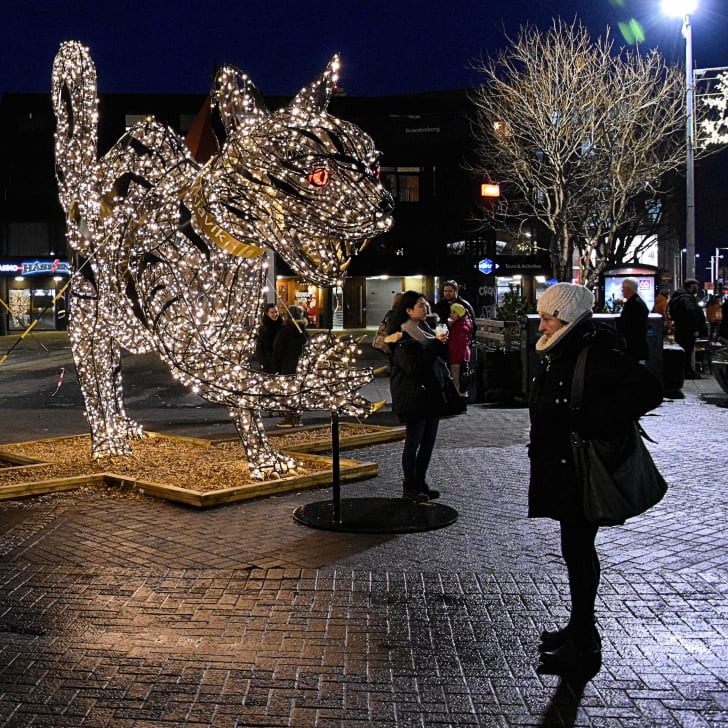
A representation of Jólakötturinn in IcelandATLI HARÐARSON
Jólakötturinn is the Icelandic Yule Cat or Christmas Cat. He is not a nice cat; in fact, he might eat you. This character is tied to an Icelandic tradition in which those who finished all their work on time received new clothes for Christmas, while those who were lazy did not (although this was mainly a threat). To encourage children to work hard, parents told the tale of the Yule Cat, saying that Jólakötturinn could tell who the lazy children were because they did not have at least one new item of clothing for Christmas—and these children would be sacrificed to the Yule Cat. This reminder tends to spur children into doing their chores. A poem written about the cat ends with a suggestion that children help out the needy, so they, too, can have the protection of new clothing. It’s no wonder that Icelanders put in more overtime at work than most Europeans.
3. FRAU PERCHTA
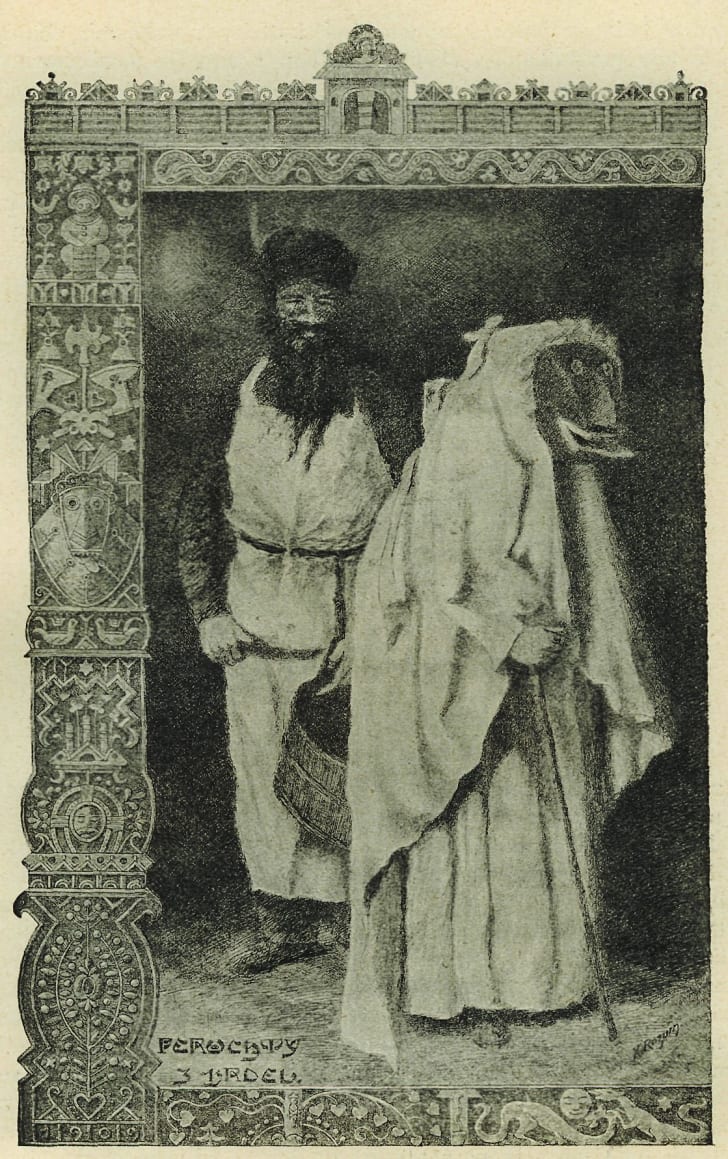
A Bohemian depiction of Frau Perchta from 1910 WIKIMEDIA // PUBLIC DOMAIN
Tales told in Germany and Austria sometimes feature a witch named Frau Perchta who hands out both rewards and punishments during the 12 days of Christmas (December 25 through Epiphany on January 6). She is best known for her gruesome punishment of the sinful: She will rip out your internal organs and replace them with garbage. The ugly image of Perchta may show up in Christmas processions in Austria, somewhat like Krampus.
Perchta’s story is thought to have descended from a legendary Alpine goddess of nature, who tends the forest most of the year and deals with humans only during Christmas. In modern celebrations, Perchta or a close relation may show up in processions during Fastnacht, the Alpine festival just before Lent. There may be some connection between Frau Perchta and the Italian witch La Befana, but La Befana isn’t really a monster: she’s an ugly but good witch who leaves presents.
4. BELSNICKEL
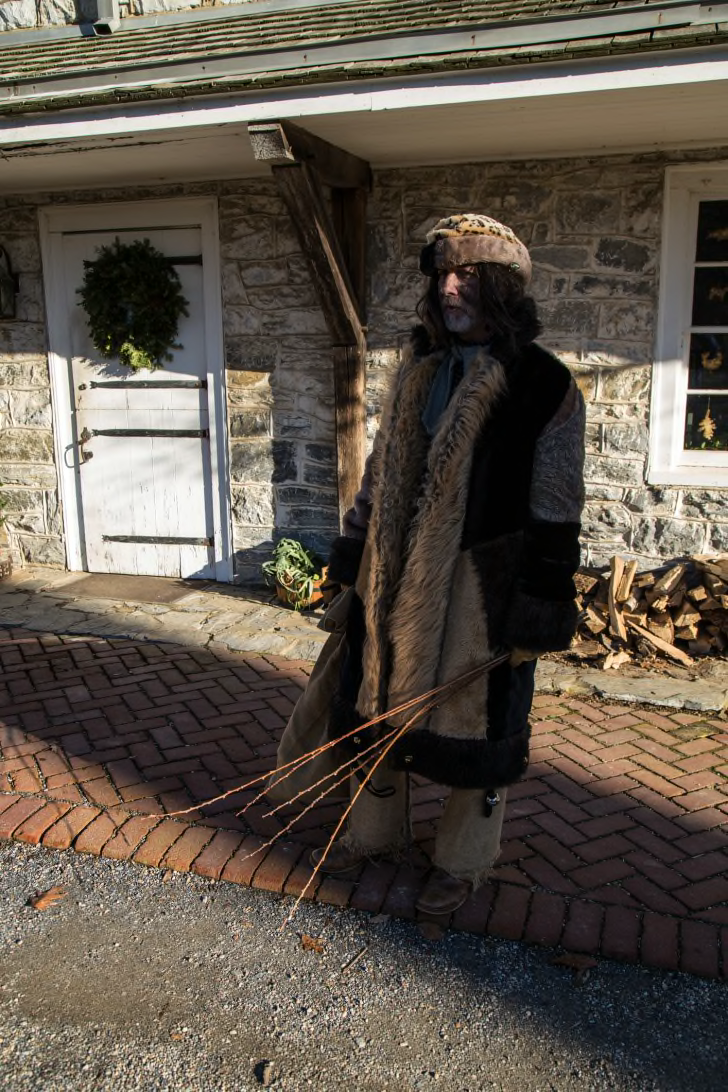
An interpreter in Lancaster, Pennsylvania, portrays Belsnickel at the Landis Valley Farm MuseumGSHELDON/ISTOCK VIA GETTY IMAGES
Belsnickel is a male character from southwestern German lore who traveled to the United States and survives in Pennsylvania Dutch customs. He comes to children sometime before Christmas, wearing tattered old clothing and raggedy fur. Belsnickel carries a switch to frighten children and candy to reward them for good behavior. In modern visits, the switch is only used for noise, and to warn children they still have time to be good before Christmas. Then all the children get candy, if they are polite about it. The name Belsnickel is a portmanteau of the German belzen (meaning to wallop) and nickel for St. Nicholas.
Knecht Ruprecht and Ru Klaas are similar characters from German folklore who dole out beatings to bad children, leaving St. Nicholas to reward good children with gifts.
5. HANS TRAPP
Hans Trapp is another “anti-Santa” who hands out punishment to bad children in the Alsace and Lorraine regions of France. The legend says that Trapp was a real man, a rich, greedy, and evil man, who worshiped Satan and was excommunicated from the Catholic Church. He was exiled into the forest where he preyed upon children, disguised as a scarecrow with straw jutting out from his clothing. He was about to eat one boy he captured when he was struck by lightning and killed—a punishment of his own from God. Still, he visits young children before Christmas, dressed as a scarecrow, to scare them into good behavior.
6. PÈRE FOUETTARD
The French legend of Père Fouettard, whose name translates to “Father Whipper,” begins with an evil butcher who craved children to eat. He (or his wife) lured three boys into his butcher shop, where he killed, chopped, and salted them. St. Nicholas came to the rescue, resurrected the boys, and took custody of the butcher. The captive butcher became Père Fouettard, St. Nicholas’ servant whose job it is to dispense punishment to bad children on St. Nicholas Day.
7. THE YULE LADS

The Jólasveinar, or Yule Lads, are 13 Icelandic trolls, who each have a name and distinct personality. In ancient times, they stole things and caused trouble around Christmastime, so they were used to scare children into behaving, like the Yule Cat. However, the 20th century brought tales of the benevolent Norwegian figure Julenisse (Santa Claus), who brought gifts to good children. The traditions became mingled, until the formerly devilish Jólasveinar became kind enough to leave gifts in shoes that children leave out … if they are good boys and girls, that is.
8. GRÝLA
All the Yule Lads answer to Grýla, their mother. She predates the Yule Lads in Icelandic legend as the ogress who kidnaps, cooks, and eats children who don’t obey their parents. She only became associated with Christmas in the 17th century, when she was assigned to be the mother of the Yule Lads. According to legend, Grýla had three different husbands and 72 children, all who caused trouble ranging from harmless mischief to murder. As if the household wasn’t crowded enough, the Yule Cat also lives with Grýla. This ogress is so much of a troublemaker that The Onion blamed her for the 2010 eruption of the Eyjafjallajökull volcano.

This story was published by Mental Floss, written by Miss Cellania. You can follow her on Twitter here: https://twitter.com/MissCellania
A version of this list originally ran in 2013.
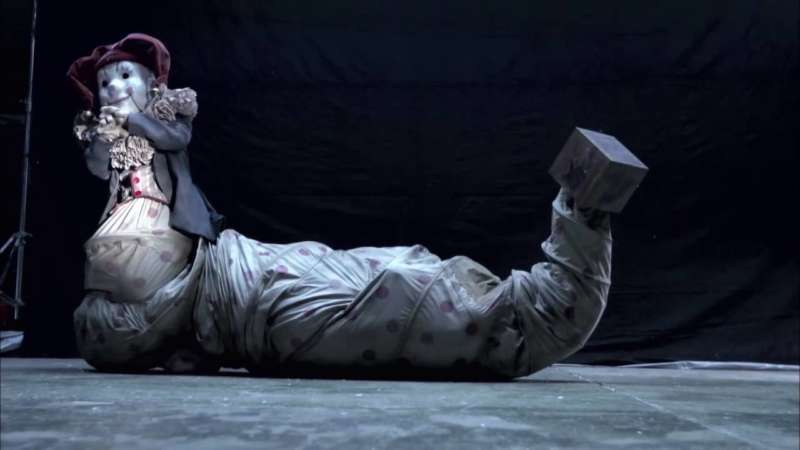


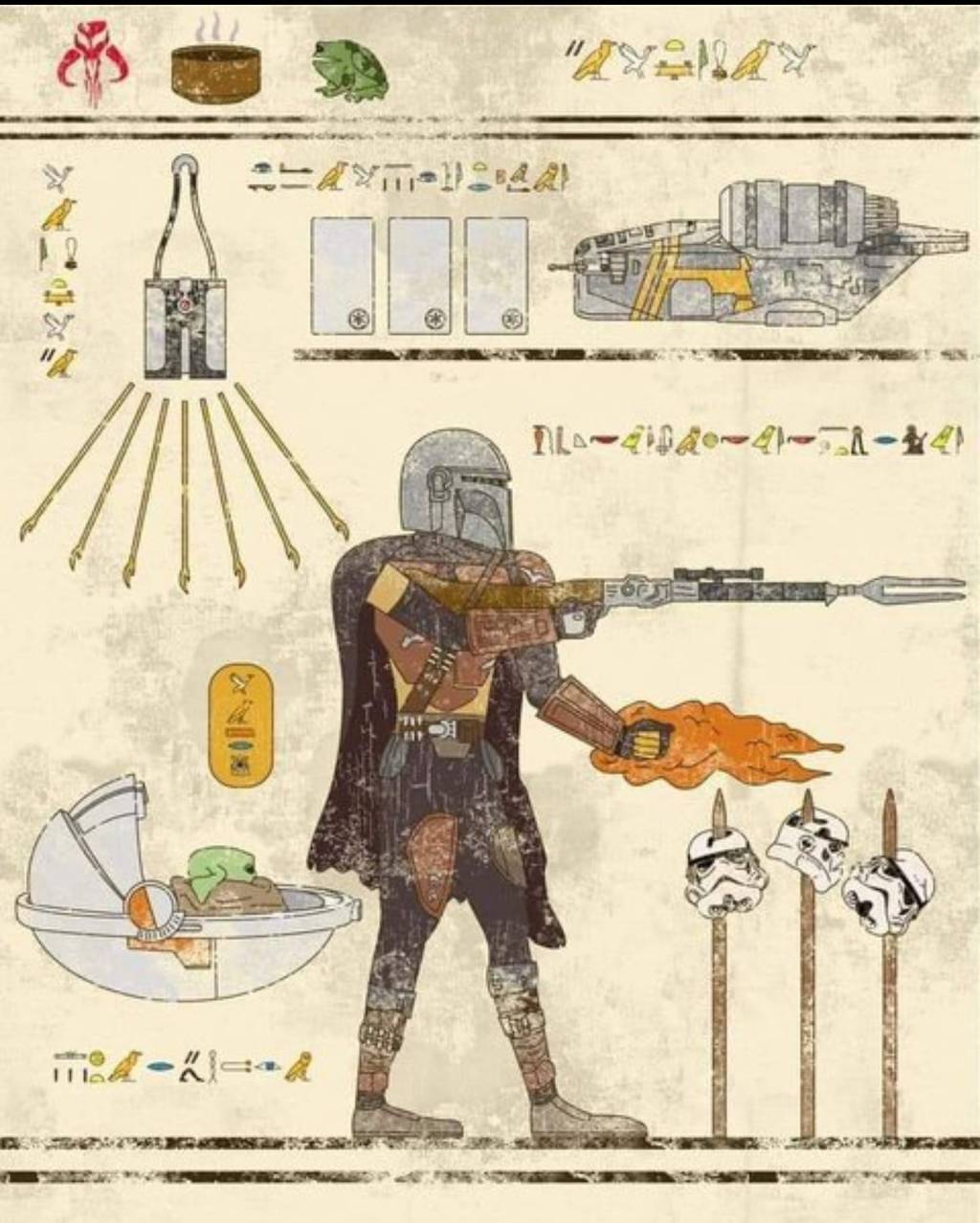


Leave a Reply